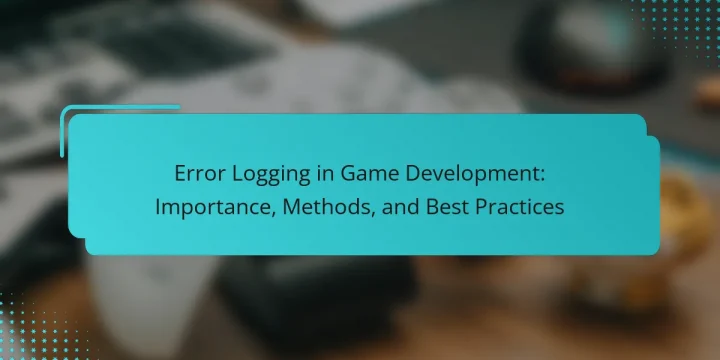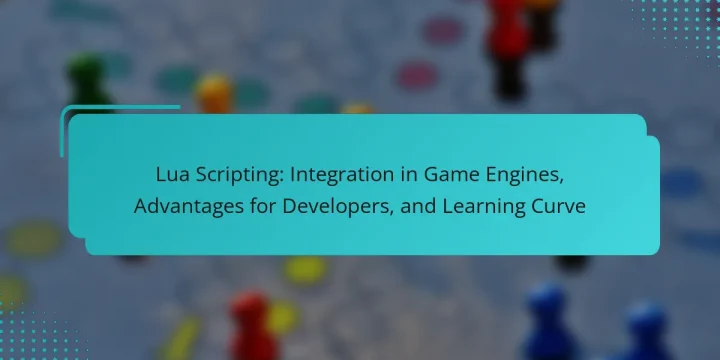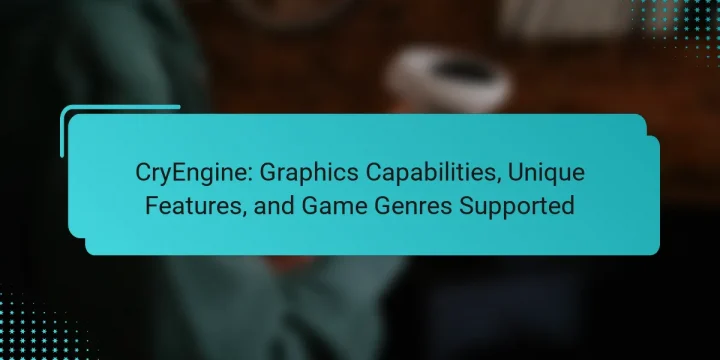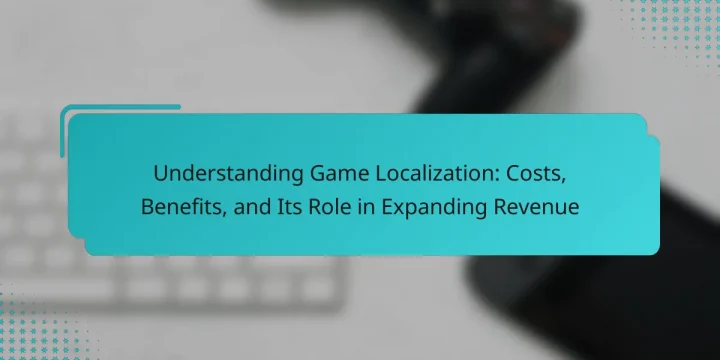
What is Quality Assurance in Game Development? Quality Assurance in game development is a systematic process to ensure that games meet specified quality standards. It involves identifying and fixing defects before the game is released to the public. Quality Assurance encompasses various testing methods, including functional testing, performance testing, and usability testing. The goal is to enhance user experience and ensure game functionality. Effective Quality Assurance can reduce post-launch issues and improve player satisfaction. According to the International Game Developers Association, Quality Assurance is crucial for maintaining the integrity of the gaming experience. How does Quality Assurance fit into the game development lifecycle? Quality Assurance (QA) is integral to the game development lifecycle. QA ensures that games meet quality standards before release. It begins in the early stages of development…








